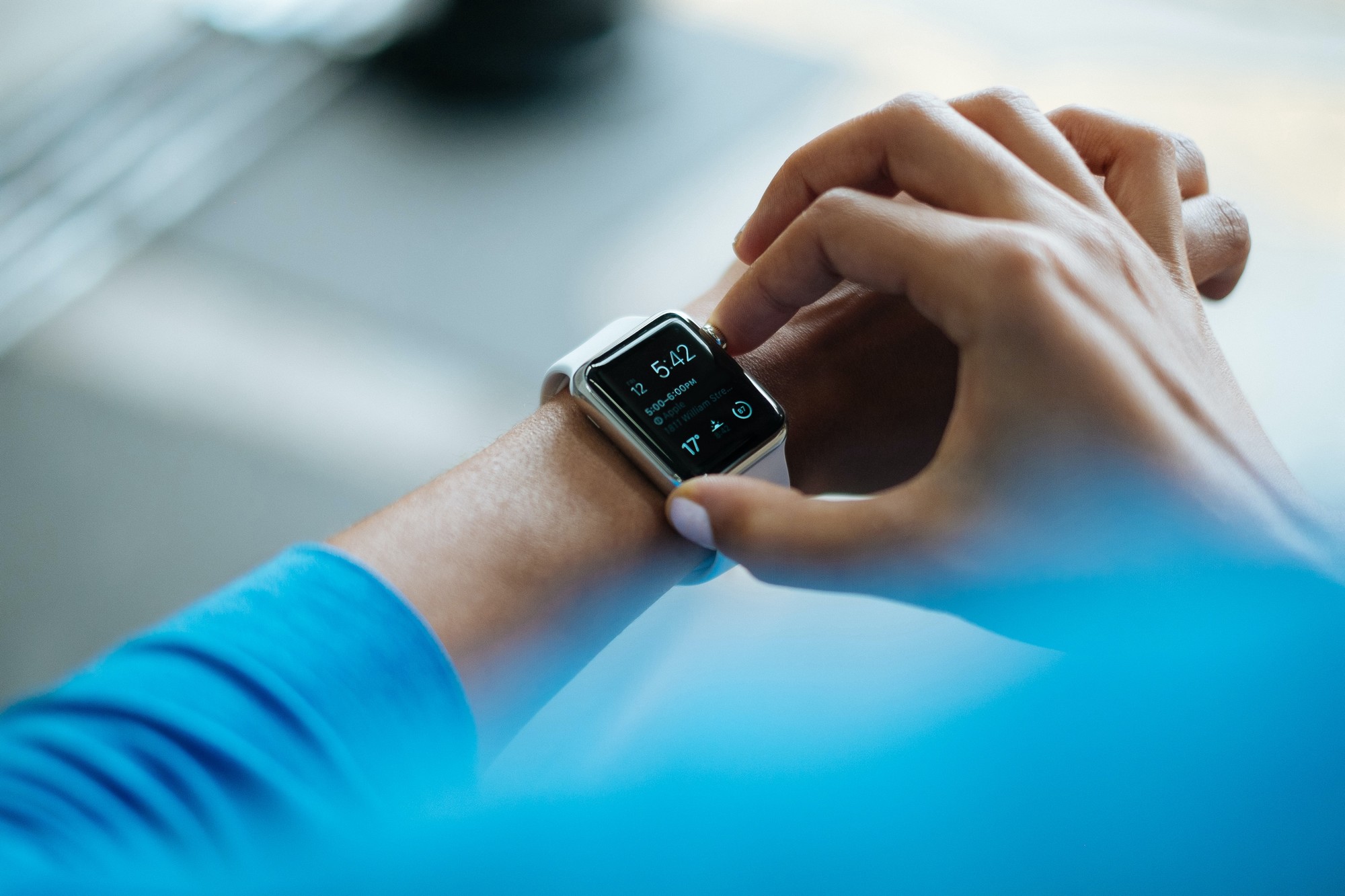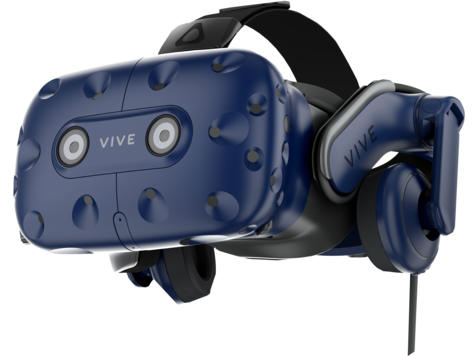A Brief Guide to Vital Technology Used in the Healthcare Sector

In the healthcare sector, improving patient outcomes and patient experiences when using healthcare services are the main goals for managers and leaders. As clinical practices have improved and better systems of treatment and assessment are put in place, advances in the level of care provided can be recognized. The healthcare sector has constantly sought to evolve, and a key way in which it achieves this is with the use of the latest technologies.
For decades, the wider healthcare service has implemented advanced pieces of technology across its various functions with the aim of providing better standards of care. These advances are driving positive change across the healthcare service and form a vital part of ongoing improvement plans.
In this article, there will be a discussion of some of the most important pieces of technology that are used in different sectors of the wider healthcare system. Some of these pieces of equipment have been used for several decades in various forms, but each of them offers distinct healthcare benefits. From pre-hospital care to data analysis, these pieces of tech and equipment allow healthcare systems to improve all facets of their operations.
Table of Contents
Vacuum systems
In modern hospitals, a common piece of equipment is the vacuum system. This is used for a range of different reasons, but most commonly to provide suction for medical devices in pre-hospital care and in general hospitals (when used to clear obstructed airways, for example). These suction units work by creating a vacuum that leads to the generation of negative pressure in the equipment.
This then allows substances such as blood and mucus to be pumped out of the patient’s airway. It is a vital piece of technology when treating seriously ill patients and those who have suffered traumatic injuries (such as a road traffic accident or serious fall) that lead to the build-up of bodily fluids in the airway. Put simply, these devices have helped to save countless lives by restoring obstructed airways and allowing normal breathing to resume. Briefly, other vacuum systems are also used in surgery. Here, they are used to remove anesthetic gas mixtures from operating areas.
Defibrillators
Defibrillators are a vital piece of pre-hospital emergency equipment and are carried by medical technicians and paramedics when they respond to life-threatening emergencies. Hospitals will also have several of these devices on their premises to respond to patients who have severely deteriorated and need to be resuscitated. It is surprising to note that defibrillators have a long history.
The first device was demonstrated in 1899 when it proved that a small electric charge could cause cardiac arrhythmia in dogs. Subsequently, this device was shown to be able to restore the heart’s natural rhythm when a more powerful shock was delivered. Defibrillators are now far more advanced than early models, and many countries have begun to install these devices in public locations (such as shopping centers and office buildings) for use by citizens who have recognized that a cardiac arrest has taken place in a person. Public AEDs are extremely easy to use, even if the person has no formal first-aid training.
Modern devices give voice instructions to the user, showing where the pads should be placed before delivering a charge that aims to restart the heart in a normal rhythm. It is estimated that public defibrillators can double the chances of survival when a patient experiences a heart attack and a timely shock is delivered by the device. In short, these devices play a key role in improving patient outcomes when life-threatening medical conditions lead to cardiac arrest.
MRI scanners
Magnetic resonance imaging (MRI) scanners have also been used in healthcare systems for many decades. The first MRI image on a human was successfully achieved in July 1977, and this technology has subsequently been adopted for hospital use around the world in the years that followed, with the first commercially available MRI scanner being produced in 1980. MRI scanners create a two-dimensional image of the body and can clearly show vital organs, bones, and muscle tissue.
The use of MRI scanners has become heavily relied upon in patient assessment. For example, if a patient has been involved in a road traffic accident and has multiple injuries, the MRI scan will show the nature of those injuries, if bone fractures have been sustained, along with indicating if there is any internal bleeding. This technology allows medical professionals to quickly ascertain the exact nature and extent of the traumatic injuries and put suitable treatment plans into effect.
Laser eye treatment
In recent history, if a patient has problems with their eyesight, the only form of correction would be to wear glasses to adjust their vision. However, laser eye surgery is now available and offers a quick and virtually painless way to permanently correct vision without the need for glasses. The modern form of laser eye technology is known as LASIK (laser in-situ keratomileusis) and was patented in 1989, although the first forms of this technique were developed as far back as 1948.
In modern laser eye surgery, a precise laser beam cuts a flap into the cornea of the eye. This is then lifted before it is reshaped by the beam, leading to improved eyesight (often with the ability to give patients perfect vision). It is estimated that the procedure has a 96% success rate (in terms of patient satisfaction with the results of surgery), making it one of the most effective and safe medical procedures available in modern healthcare.
Business intelligence platforms
Finally, across the healthcare sector, there is an increasing use of business intelligence platforms such as MicrosoftPower BI. These software platforms take complex and high-volume healthcare data, often from multiple sources, and transform it via a process of advanced analytics. The information that is generated allows healthcare managers and leaders to gain actionable insights that can shape high-level decision-making across healthcare systems.
Many healthcare organizations now employ dedicated data analysts who can use business intelligence platforms to create reports and in-depth statistics on multiple subjects, from hospital waiting times to healthcare key performance indicators (KPIs). By using real-world healthcare data in decision-making and reporting, strategies can be formed that seek to improve systems and drive improved patient outcomes.





